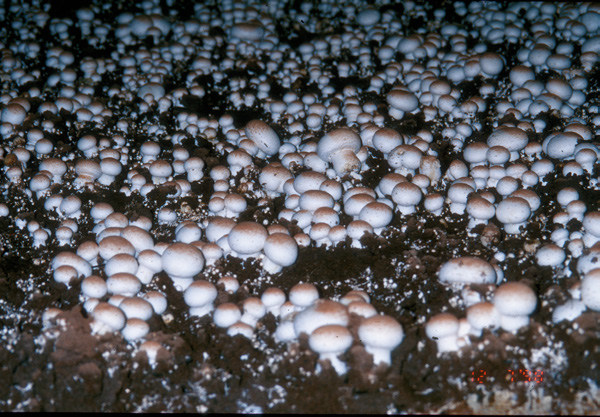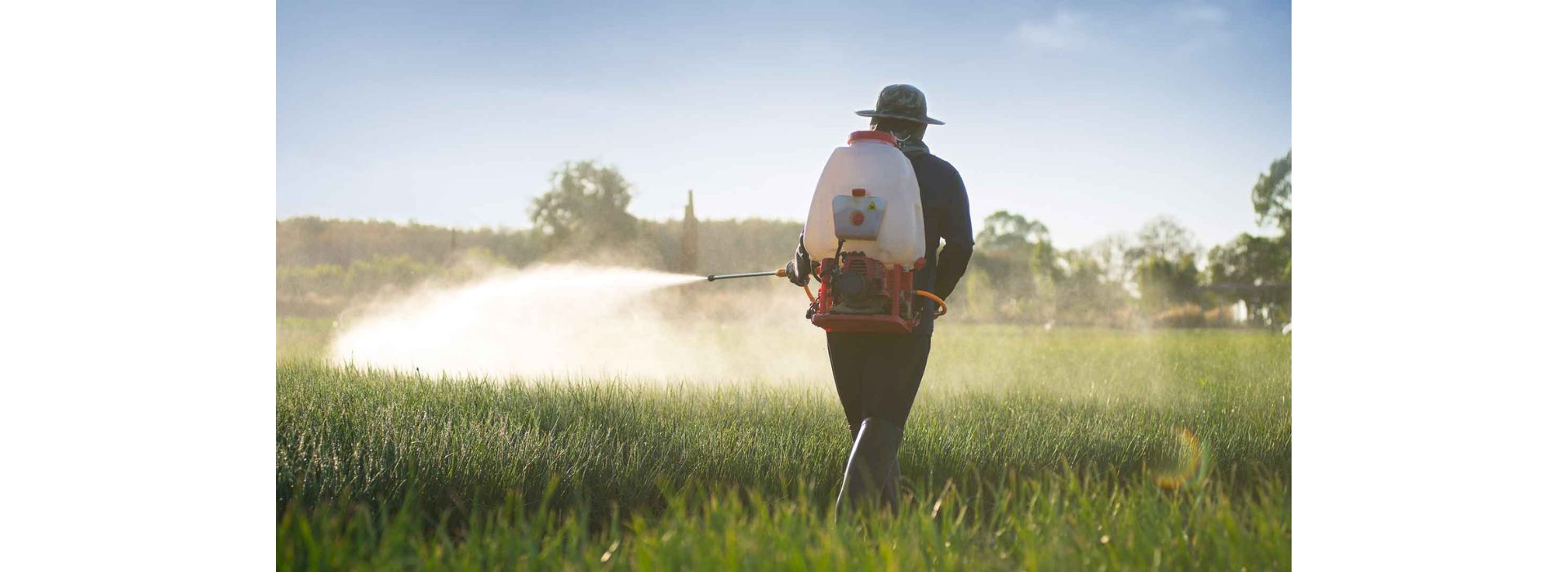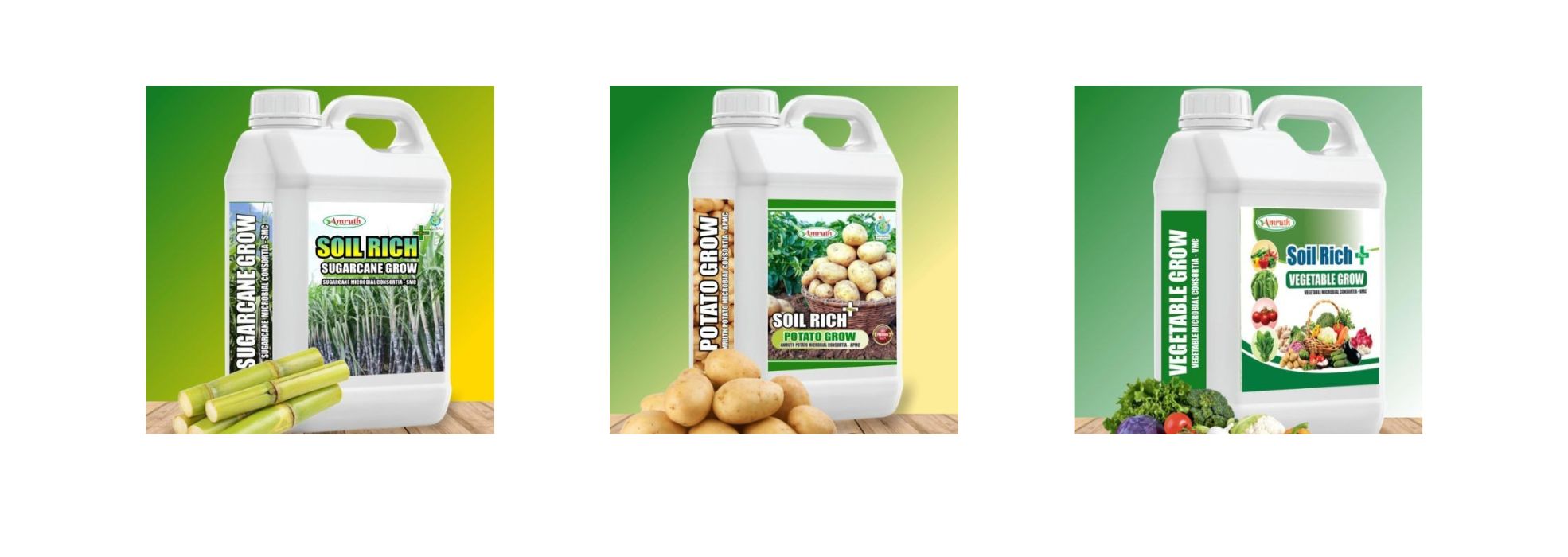Mushroom Management
December 18, 2023Mushroom cultivation is becoming popular worldwide as an edible fungus. Mushrooms are important crops like horticultural crops, which can be eaten fresh or after being processed. There are many species of mushroom around the world, of which Agaricus bisporus (white button) is mainly grown (about 70 percent). It is very nutritious, contains protein, minerals, fiber and enough moisture. It also has some medicinal properties.
Mushroom cultivation is greatly influenced by biotic and abiotic factors. Biotic factors include fungi, bacteria, viruses, and insects that directly or indirectly damage the fungus. Among biological stresses, nematodes are also a major factor in mushroom production. If it enters mushroom cultivation, it becomes very difficult to remove. Mushrooms are attacked by three types of nematodes, parasitic, carnivorous and predatory. Aphelenkoides nematodes such as Aphelenkoides species and Aphelencus species play a major role in reducing mushroom yield.
During the spawn run, parasitic nematodes feed on the mushroom mycelium. Due to the high reproduction of nematodes, the crop is destroyed in a short time, in severe infestations up to 100% damage can be done. The carnivorous nematodes indirectly damage mushroom production by secreting certain enzymes and toxins. Unpasteurized or partially pasteurized compost is the major source of infestation of carnivorous and parasitic nematodes.
Mushrooms are eaten fresh, so the use of chemicals is not appropriate. Thus, management through integrated approach is the best approach for better yield and less nematode population. Maintenance of hygienic conditions during the harvest period, i.e. from compost preparation to harvesting, is the most useful way to avoid nematode infestation in the crop. Because most of the mushroom growing farmers are poor who cannot afford the pasteurization room, they suffer loss in yield and they do not get good profit of their crop. Thus, a common pasteurization chamber facility should be provided by the government and non-governmental organizations (NGOs).
Main reason for nematode entry in mushroom house:
The nematodes are transferred through infected compost, and soil.
Transferred from infected to non-infected areas by equipment, clothing, and the hands of workers.
Once the roof is infested, the crop becomes infected through the droppings of the nematode larvae or their eggs in the water droplets condensing on the roof.
Using unclean water in compost preparation.
Sometimes flies, especially syarids, carry nematodes from one place to another.
Symptoms:
1. Yield declines. If the infection occurs early, then onion-shaped mushrooms are formed.
2. The nematode affected mushrooms are brown in colour.
3. Decomposition of mushroom mycelium in compost.
4. If nematodes are present in the compost at the time of spawning, the mycelium of the spawn will gradually grow and degenerate and will not form a mushroom.
5. The mycelium in the affected areas is completely destroyed and as the compost decomposes, it turns black and gives off a medicinal smell.
6. Surfaces of nematode-infested areas are eroded as a result of compost decomposition, and take on an irregular appearance.
7. As infected areas expand, nematodes migrate to new feeding sites.






Guest reviews
No reviews found for this Blog